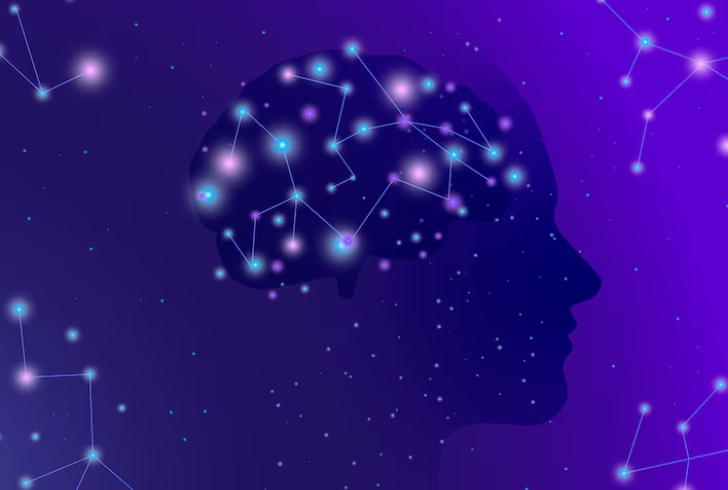Optical illusions have long been a curious blend of art and science, offering glimpses into how the brain processes what the eyes see. One illusion, simple in design yet surprisingly revealing, continues to spark interest over a century after it was first introduced.
Known as the "Duck-Rabbit" illusion, this black-and-white sketch cleverly hides two animals in a single image—and what you see first says something about how your brain works.
The Illusion That’s Still Stirring Minds
First created by American psychologist Joseph Jastrow in 1899, the image is as straightforward as it gets: a figure that can be perceived as either a duck or a rabbit. No digital effects, no colors, just clean lines. And yet, it's far from ordinary. This illusion challenges the way the brain interprets ambiguous visuals and offers an insight into which side of your brain might be more dominant.
Many versions of optical illusions have surfaced over the years—animated, colorful, or digitally enhanced—but this particular illusion remains one of the most discussed because of what it represents about brain function.
Duck or Rabbit?

Freepik | If you see the rabbit first, you're likely a left-brained, analytical thinker, good at planning.
The real fascination lies in the psychology behind your first impression of the illusion. What your brain identifies first—whether it’s the duck or the rabbit—can reflect your cognitive tendencies.
Rabbit First?
This suggests a left-brain dominance. People with this tendency are often described as analytical and logical thinkers. Tasks involving detailed planning, precision, or critical decision-making tend to come more naturally.
Duck First?
This leans toward right-brain dominance. Creativity and imagination are often stronger traits for individuals who first notice the duck. They're typically more inclined toward artistic or visual pursuits and tend to think in abstract patterns.
It’s not about labeling one way of thinking as better than the other. Each brain type has its strengths—this illusion simply offers a fun and thought-provoking way to recognize them.
Fast Switching? That’s a Clue
Jastrow didn’t just design the illusion to show brain dominance. He also noted how quickly someone can switch between seeing the duck and the rabbit. Those who can easily flip between the two visuals are likely to be faster thinkers, showing signs of cognitive flexibility. This skill is especially valuable in problem-solving and creative brainstorming.
Today, with AI-generated illusions making the rounds online, it’s easy to forget the power of these classic designs. But sometimes, the simplest visuals reveal the most about how our minds operate.
Illusions Are More Than Just Visual Tricks

Freepik | Illusions aren't just entertaining; they're key to understanding perception, bias, and how we think.
The enduring appeal of illusions like the duck-rabbit goes beyond surface-level amusement. They're practical tools for understanding perception, bias, and cognitive habits. In an age of constant visual stimulation, revisiting these traditional brain teasers can help clarify how individual minds process the world.
This illusion even started wider conversations about how context influences perception. For example, when people view it around Easter, they often see the rabbit first. That shift shows how the brain’s expectations can subtly shape what it notices.
The Value Behind the Visual
Optical illusions may feel like simple fun, but they carry real psychological insights. The duck-rabbit image proves that even a minimal sketch can reveal something meaningful about how individuals think and respond. Whether it reflects creativity, logic, or flexibility, the illusion is a mirror to the brain's internal process.
By recognizing how perception works through visuals like this, there's a better understanding of how different minds interpret information—and that knowledge is useful far beyond the frame of an old sketch.




